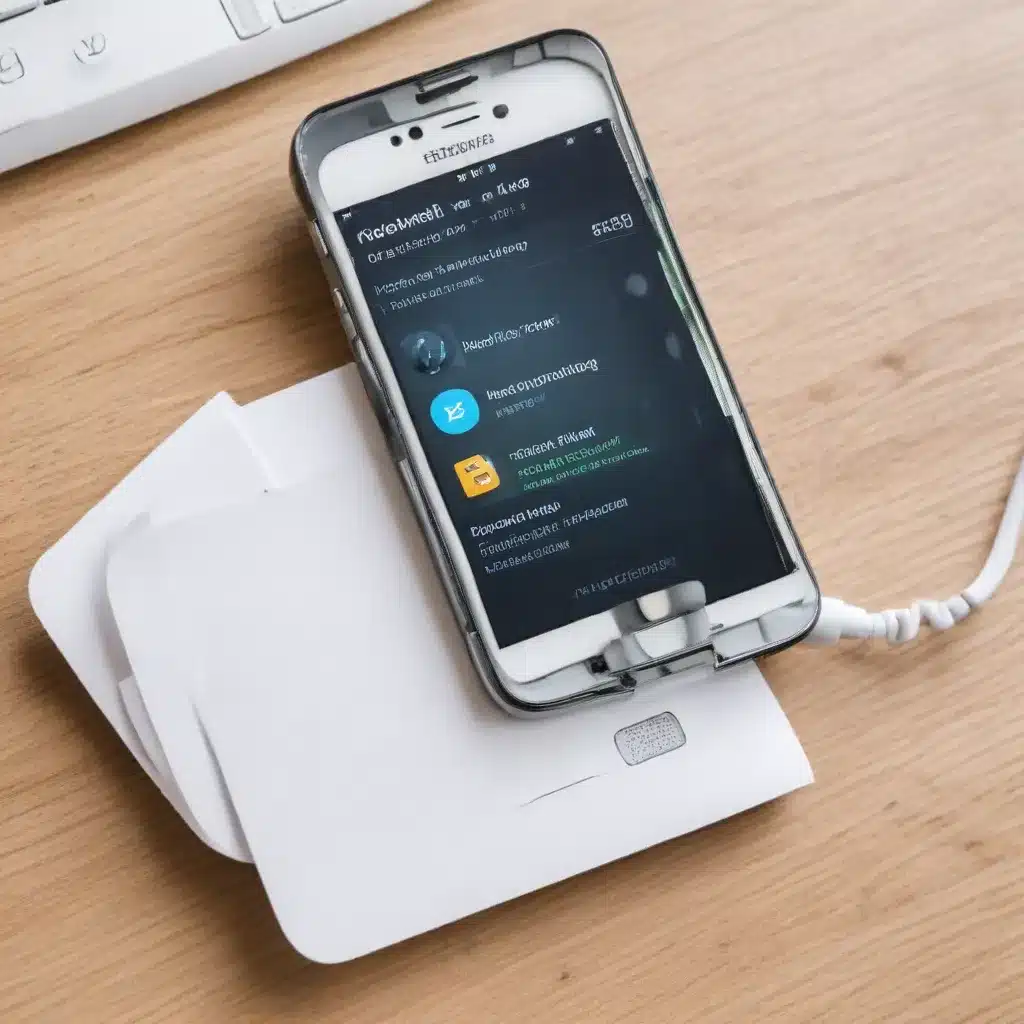
As a seasoned IT professional, I’ve encountered numerous inquiries from users seeking ways to retrieve lost voicemails and call histories on their smartphones. In this comprehensive article, I’ll provide practical tips and in-depth insights to help you navigate these common challenges.
Understanding Voicemail and Call History Retention
Smartphones have become an integral part of our daily lives, serving as a hub for communication, organization, and productivity. However, the convenience they offer can also lead to unintentional data loss, especially when it comes to voicemails and call histories.
Voicemail Retention:
Voicemail systems typically have a limited retention period for stored messages, after which they are automatically deleted. The exact duration varies among service providers, but it’s usually within a range of 7 to 30 days. Once a voicemail is deleted, it can be challenging, and in some cases, impossible to recover it.
Call History Retention:
Call histories, which include incoming, outgoing, and missed calls, are stored on your smartphone’s internal storage or on your service provider’s servers. The retention period for call histories also varies, with some providers keeping records for a few months, while others may delete them more frequently.
Factors Influencing Voicemail and Call History Recovery
The ability to recover deleted voicemails and call histories depends on several factors, including the device’s operating system, the service provider’s policies, and the time elapsed since the deletion.
Operating System Considerations
The process of recovering deleted data can differ significantly between smartphone operating systems, such as iOS and Android.
iOS Devices:
On iPhones, deleted voicemails and call histories are typically stored in a temporary cache before being permanently removed. This provides a limited window of opportunity to retrieve the data, usually within 24 to 72 hours, depending on the device’s storage capacity and usage patterns.
Android Devices:
Android smartphones handle deleted data differently, with more variability across device manufacturers and service providers. Some Android devices may retain deleted voicemails and call histories for a short period, while others may permanently remove the data immediately.
Service Provider Policies
The policies and data retention practices of your service provider can also impact your ability to recover deleted voicemails and call histories.
Voicemail Retrieval:
Some service providers, such as Verizon, may offer a limited window of time, typically within 24 hours, during which deleted voicemails can be retrieved. Others may not provide this option, leaving users with no recourse once a voicemail has been deleted.
Call History Retrieval:
Call history data is often stored on the service provider’s servers, and the retention period can vary. While some providers may keep records for several months, others may delete them more frequently, making it challenging to recover older call histories.
Strategies for Recovering Deleted Voicemails and Call Histories
Now that you understand the factors involved, let’s explore the strategies you can employ to recover deleted voicemails and call histories on your smartphone.
Voicemail Recovery
Act Quickly: If you’ve accidentally deleted a voicemail, contact your service provider immediately. Many providers offer a limited window, often within 24 hours, during which they can retrieve the deleted message from their servers.
Check for Temporary Storage: On iOS devices, deleted voicemails may be temporarily stored in a cache. To check for this, go to the Phone app, then Voicemail, and look for any recently deleted messages. You may be able to recover them from this temporary storage.
Use Third-Party Apps: Depending on your device and service provider, there may be third-party apps or tools available that can help recover deleted voicemails. However, be cautious when using these tools, as they may require access to your device’s data and could potentially compromise your privacy.
Call History Recovery
Leverage Backup and Sync Features: Many smartphones offer built-in backup and sync features, such as iCloud or Google Drive, that can help you restore your call history. Ensure that these services are enabled and that your call history is being regularly backed up.
Check for Temporary Storage: Similar to voicemails, some smartphones may temporarily store deleted call history records before permanently removing them. Explore your device’s settings to see if you can access and recover the deleted call history.
Consult Your Service Provider: If you’re unable to recover the deleted call history through your device’s built-in features, reach out to your service provider. They may have access to more comprehensive call history records and can assist you in retrieving the deleted information.
Preventing Future Data Loss
To minimize the risk of losing your valuable voicemails and call histories, consider implementing the following preventive measures:
- Enable Automatic Backups: Ensure that your smartphone’s backup and sync features are enabled, regularly backing up your data to a secure cloud storage service or local storage.
- Regularly Manage Voicemail and Call History: Review and delete unnecessary voicemails and call history records to keep your device’s storage organized and free up space.
- Consider Third-Party Apps: Explore reputable third-party apps or services that can provide additional backup and recovery options for your voicemails and call histories.
- Stay Informed: Keep up-to-date with your service provider’s policies and any changes that may affect the retention and recovery of your voicemails and call histories.
By understanding the nuances of voicemail and call history recovery, and implementing proactive measures, you can better safeguard your important communication data on your smartphone.
Remember, the IT Fix blog is dedicated to providing practical tips and in-depth insights on technology, computer repair, and IT solutions. If you have any further questions or need additional assistance, feel free to explore our comprehensive resources.












